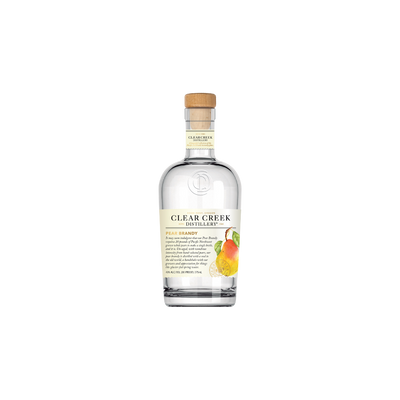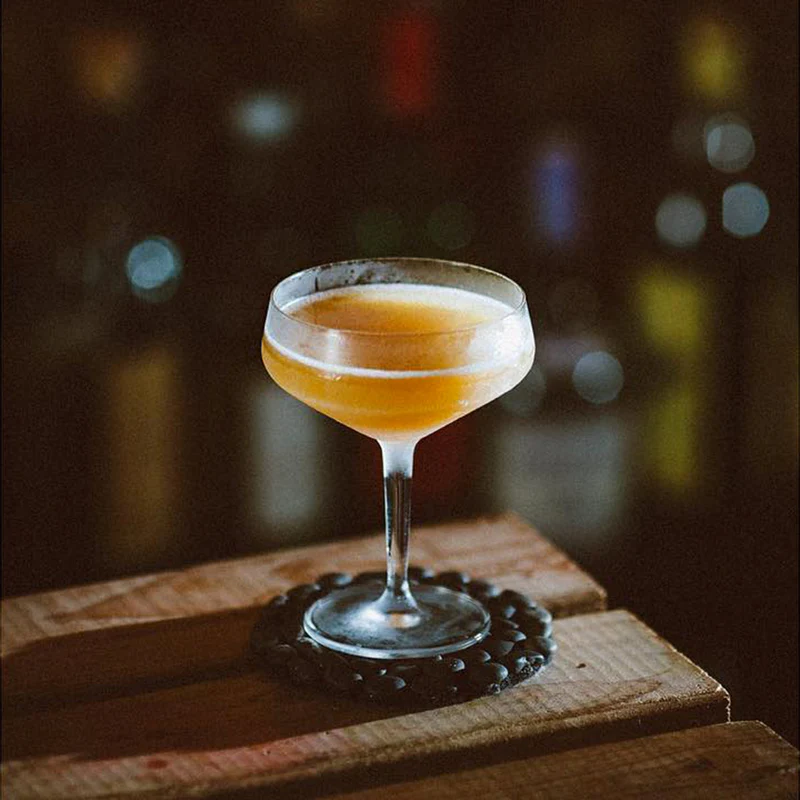General Brandy
What is General Brandy?
General Brandy represents a specific category within Other Brandy that encompasses spirits distilled from various fruits beyond the traditional grape-based cognacs and armagnacs. These brandies can be made from apples, pears, cherries, plums, or any fermentable fruit, offering a diverse spectrum of flavors and production methods. What defines General Brandy is its flexibility in both ingredients and regional production styles, making it a catch-all term for quality fruit brandies that don't fit into the more restrictive appellations of their French counterparts.
Learn More About General Brandy
What makes General Brandy unique?
General Brandy stands apart from specific regional varieties like Cognac or Armagnac because it isn't bound by strict geographical or production regulations, giving distillers creative freedom to experiment with different grape varieties, aging techniques, and blending methods. This flexibility allows producers to craft distinctive flavor profiles that might incorporate innovative barrel treatments, unique fruit sources, or non-traditional aging environments that would be forbidden under appellation rules. The result is a diverse category where each bottle can surprise you with unexpected character, making General Brandy the wild card of the brandy world where tradition meets innovation.
How is General Brandy made?
General brandy starts with fermenting fruit juice—usually grapes, but apples, pears, and other fruits work too—into a low-alcohol wine or cider. This fermented liquid then gets distilled, typically twice, in copper pot stills or column stills to concentrate the alcohol and flavors. After distillation, most brandies age in oak barrels where they develop color, complexity, and smooth out those harsh edges that come straight off the still.
How do you drink General Brandy?
General brandy shines brightest when sipped neat or with a splash of water at room temperature, allowing its complex fruit and oak flavors to fully open up. You'll also find it works beautifully in classic cocktails like Sidecars, Brandy Alexanders, and French 75s, where its warmth and depth add sophisticated backbone to mixed drinks. The cooler months from fall through early spring provide the perfect backdrop for brandy appreciation, whether you're warming up by a fireplace with a snifter or celebrating holidays with brandy-forward punches and toddies.
How do I choose good General Brandy?
When selecting a general brandy, start by considering your intended use - if you're mixing cocktails, look for a well-balanced bottle in the $25-40 range that won't break the bank but still brings good fruit character and decent aging. For sipping neat, invest in something aged longer with more complexity, while cocktail-focused brandies should have enough backbone to stand up to citrus and other mixers without getting lost. Read the label for clues about aging and origin, and don't be afraid to ask your liquor store staff for recommendations based on whether you're planning to make sidecars or simply want something smooth for after dinner.
Nutritional Information
Typical Calorie Range per Ounce: 65-70 calories
Typical Carbohydrate Range per Ounce: 0-0.5 grams
Typical Sugar Range per Ounce: 0-0.3 grams
Typically Gluten Free: Yes
Brandy gets distilled from fermented fruit juice, most commonly grapes, which naturally makes it gluten-free since no wheat, barley, or rye enters the production process. The distillation process removes virtually all carbohydrates and sugars, leaving behind pure ethanol and water along with flavor compounds that give each brandy its character. Some premium brandies aged in previously used sherry or port barrels might pick up trace amounts of residual sugars, but these remain minimal.
Keep in mind that flavored brandies or brandy-based liqueurs can contain significantly higher sugar content and calories. Always check the specific product label and manufacturer information to confirm gluten-free status, especially if you have celiac disease or severe gluten sensitivity.
Scrolled this far? Your reward? General Brandy Trivia!
- Napoleon Bonaparte literally carried a flask of Hennessy Paradis into exile on the island of St. Helena, where he spent his final days sipping the same cognac that had fueled his conquests across Europe. The emperor's love affair with French brandy was so intense that Hennessy still produces a special "Napoleon" grade today.
- The oldest drinkable brandy in existence isn't some fancy French cognac—it's a 1762 Gautier Cognac that survived the French Revolution, two World Wars, and countless regime changes. This liquid time capsule costs around $200,000 per bottle and tastes like drinking actual history.
- American brandy almost conquered the world before Prohibition killed it dead. In the 1880s, California brandy was outselling French cognac in international markets, with brands like Korbel leading a golden age of American distilling that might have changed spirits history forever.
- Spanish brandy makers age their spirits using a "solera" system borrowed from sherry production, where newer brandy continuously refreshes older stocks in a pyramid of barrels. This means some Spanish brandies contain liquid that's been flowing through the same system for over a century.
- Pisco, the grape brandy from Peru and Chile, sparked an actual war between the two countries over naming rights. The "Pisco War" of marketing and legal battles has raged for decades, with both nations claiming exclusive rights to the name—making it the most politically charged spirit on your bar cart.
Higher-proof spirits can be intense. Mix carefully, taste thoughtfully, and enjoy responsibly.
Gift message (optional)



